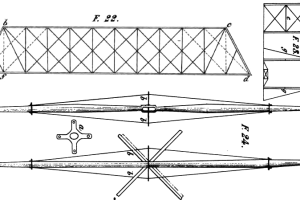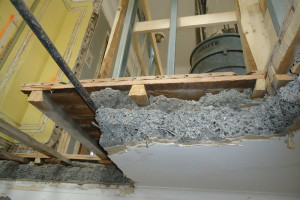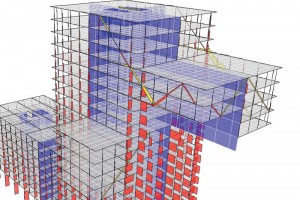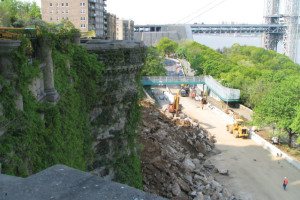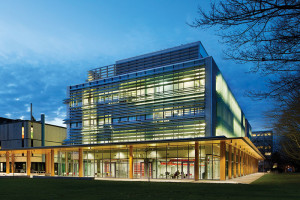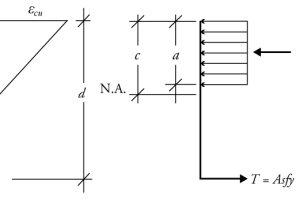A Look Inside the Advanced Masters in Structural Analysis of Monuments and Historical Constructions
Imagine studying historic restoration while surrounded by historic structures and conservation experts in a city with over two thousand years of history. Is there any better way to learn? …


